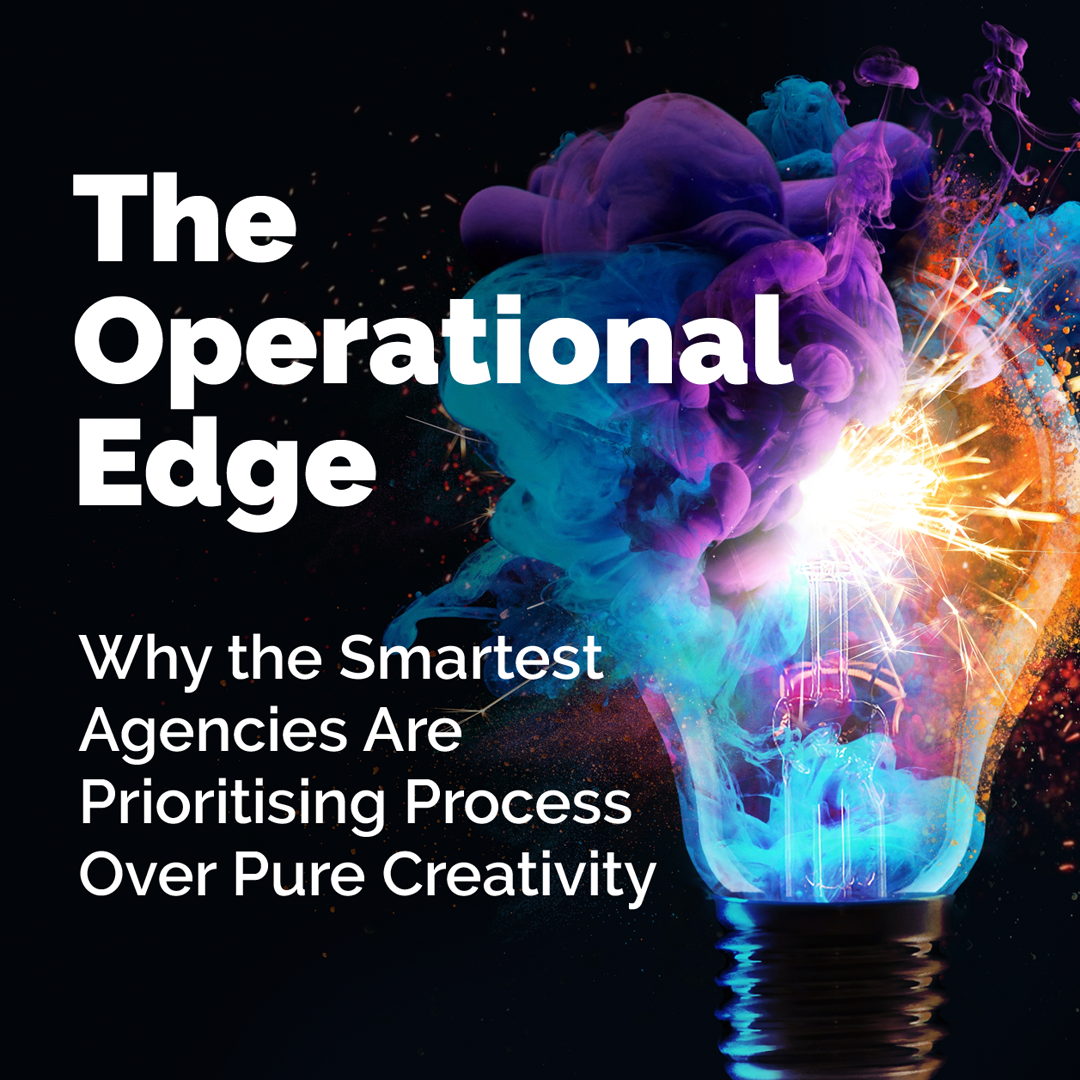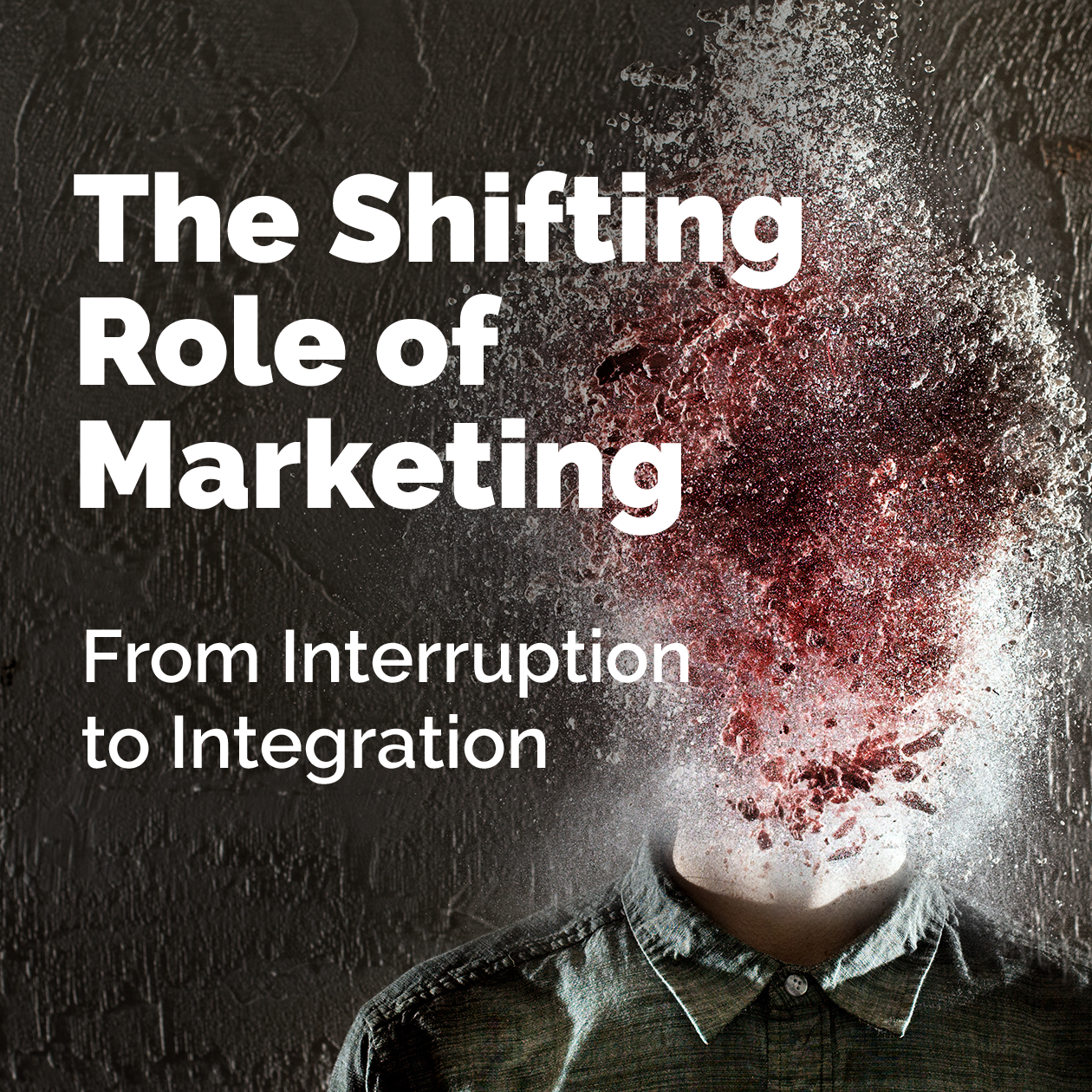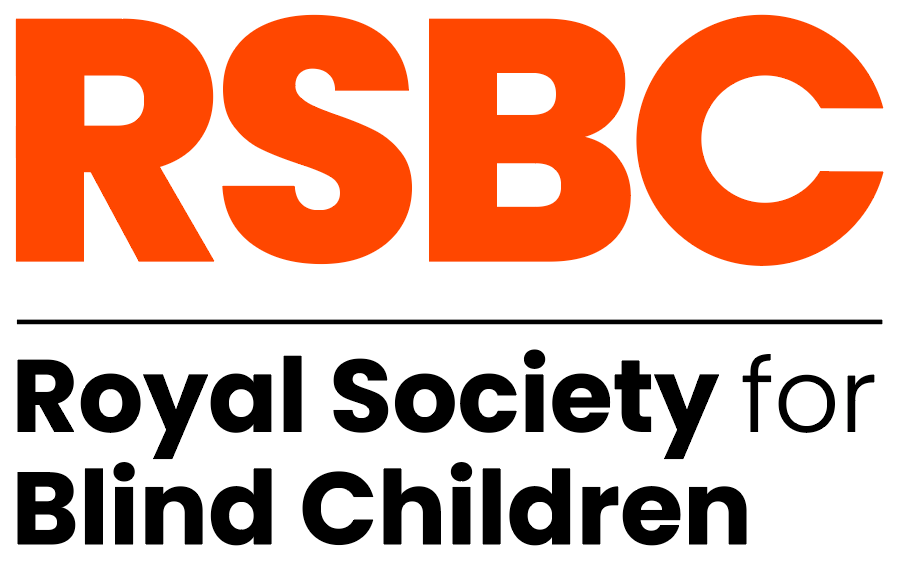Rethinking Strategy When the Brief Feels Too Small
Rethinking Strategy When the Brief Feels Too Small
Most strategy processes start by narrowing choices. There’s Option A (the obvious one), Option B (the brave one), and Option C (the safe compromise). But what if none of those answers are right? What if the real breakthrough lies in a Fourth Option — the one that’s not on the brief, not expected, and not obvious?
At Three of Four, this idea is more than branding. It’s a mindset. It’s a call to think differently — not for the sake of novelty, but because innovation often lies just outside the field of accepted logic.
When the Brief is the Problem
Many organisations mistake structure for clarity. The brief says “increase awareness” or “target Gen Z” — goals that sound strategic but are actually tactical. Strategy needs more than a target and a metric. It needs tension, truth, and a willingness to step outside the frame.
Every brief contains hidden assumptions. They often take the form of inherited wisdom or business-as-usual behaviours that no one has questioned in years. That’s where the problem lies — and the opportunity begins.
Too many teams conflate a well-written brief with a well-defined problem. But what happens when the brief itself is the problem? It’s like being asked to optimise the steering wheel on a car with no engine.
The Case for Stepping Sideways
One of the most powerful questions in strategy is: what’s the question behind the question?
In one recent project, a client asked for a customer acquisition strategy. The budget was tight. The brief was focused. But as we explored their proposition, a different opportunity emerged: the real issue was churn. The problem wasn’t new customers. It was losing the ones they already had.
That Fourth Option — retention as acquisition — transformed both the commercial result and the creative solution.
A sideways step in thinking unlocked a completely new lens for growth. Instead of buying more attention, we doubled down on value delivery and brand experience. The results: reduced acquisition costs, increased customer lifetime value, and a richer, more distinctive brand narrative.
Thinking Outside the Frame — Not Just Outside the Box
The Fourth Option isn’t always radically different. Sometimes, it’s subtly reframed. It’s the same data viewed through a different lens. It’s the same market approached with a different intent. And it’s almost always the option that makes the client feel slightly uncomfortable — but also excited.
Fourth Options often require courage. They can involve:
- Challenging boardroom assumptions
- Rewriting KPIs that no longer serve the business
- Designing creative not around demographics, but around behavioural intent
They’re less about disruption, and more about elevation — taking a problem and giving it a wider horizon.
Give Yourself Permission to Reframe
The Fourth Option is often the most useful because it reframes the problem. It’s not about being clever. It’s about being generous with your thinking. It asks:
- Are we solving the right problem?
- Have we accepted a false trade-off?
- Is there a longer, more valuable game to play?
- What happens if we say “yes” to something that wasn’t even on the table?
The goal isn’t to reject structure or ignore briefs. It’s to treat every brief as a hypothesis — something to be tested, not blindly obeyed. That’s where real strategic value emerges.
Final Thought
When a brief feels too small, it probably is. Don’t choose between three imperfect options. Go looking for the fourth. Because that’s often where the real brand transformation begins.








